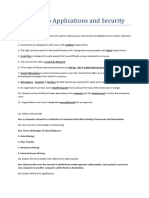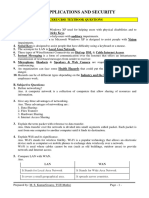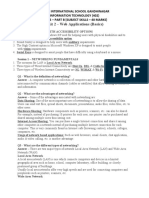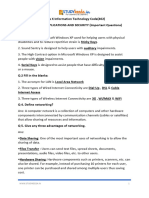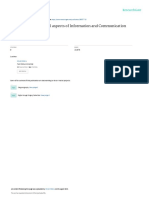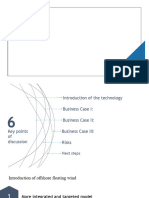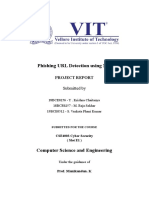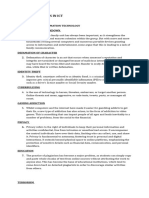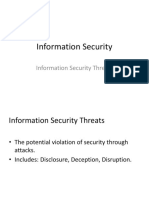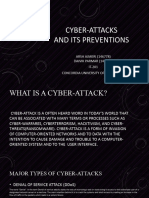0% found this document useful (0 votes)
16 views8 pagesWeb Application
The document covers various topics related to web applications, including accessibility options in Windows XP, networking fundamentals, instant messaging, online transactions, and internet security. It provides definitions, advantages, types of networks, and best practices for online security, as well as specific software and tools for blogging and messaging. Additionally, it explains the purpose of online transactions and how data is transferred over the internet.
Uploaded by
chinna samyCopyright
© © All Rights Reserved
We take content rights seriously. If you suspect this is your content, claim it here.
Available Formats
Download as PDF, TXT or read online on Scribd
0% found this document useful (0 votes)
16 views8 pagesWeb Application
The document covers various topics related to web applications, including accessibility options in Windows XP, networking fundamentals, instant messaging, online transactions, and internet security. It provides definitions, advantages, types of networks, and best practices for online security, as well as specific software and tools for blogging and messaging. Additionally, it explains the purpose of online transactions and how data is transferred over the internet.
Uploaded by
chinna samyCopyright
© © All Rights Reserved
We take content rights seriously. If you suspect this is your content, claim it here.
Available Formats
Download as PDF, TXT or read online on Scribd
/ 8










